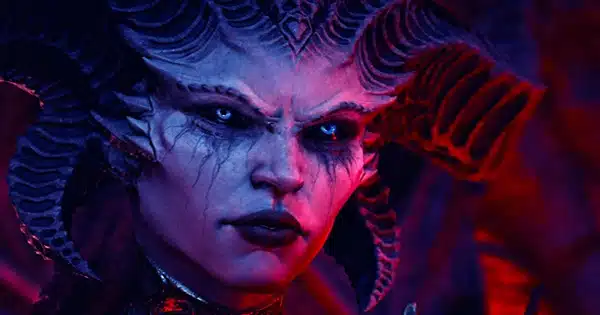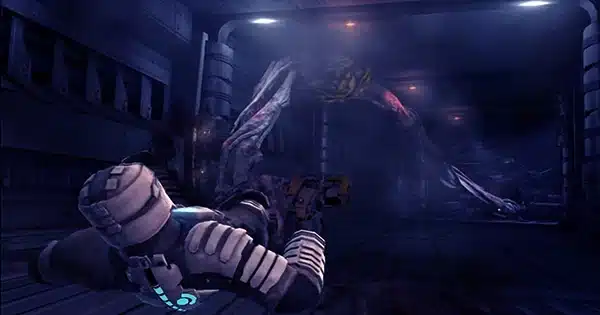I got a thought the other night while playing The Legend of Zelda: Tears of the Kingdom. It was a panic, an unreasonable moment of utter, white-hot dread that drove me to dump my Switch console into my lap. I was terrified. And, as much as I’d like to say it was a fight with King Gleeok or Queen Gibdo when it happened, it was something a lot more harmless. As in, completely innocuous. As in Link’s blossoming shadow.
That’s correct, as I walked across the lush greens of the Great Plateau, the setting light divided the trees and cast Link’s shadow for a bit longer than I had anticipated. As the darkness stretched behind the plucky protagonist’s heels, for the briefest of seconds, I thought of Dark Link. And my stomach sank.
Dark Link, Shadow Link, and Link’s Shadow are three mystery entities that exist in the Legend of Zelda universe and are essentially mirror versions of the series hero. Dark Link was particularly unnerving to me when I first played Ocarina of Time on the N64 in 1998, and I’ve always found doppelgangers in games terrifying. Carbon copies that err on the evil side are pretty awful, from the first doppelganger puzzle in the first Tomb Raider to Jeanne in Bayonetta, Evil Shepard in Mass Effect 3, Shadow in Sonic the Hedgehog, Wario (and Waluigi) in Super Mario Bros, Dark Samus in Metroid Prime, and Ditto in Pokemon, to name a few.

Professor Lewis thinks that our dread of doppelgangers may be related to the primal, survival-related terror that we all share as humans. She claims that in today’s society, those anxieties range from deep fakes to artificial intelligence taking over our life and that social learning from our surroundings may influence our fear of the familiar.
“Dr James Hollis wrote ‘Why Good People Do Bad Things: Understanding Our Darker Selves,’ and [within that] he suggests that humans have seemingly unexplainable behaviors that are manifestations of The Shadow; which psychoanalytic psychologist Carl Jung labeled the shadow self’ to describe the things people repress or do not want to acknowledge,” she continues.
To be fair, this could be correct. Despite generally battling for good in our favorite games, we’re frequently required to engage in a lot of questionable shit along the road, not least murder, so the idea of feeling uneasy when someone or something holds a mirror to our deeds sounds pretty believable.
Last year, as part of GTA Online’s Halloween event, a doppelganger of your personalized avatar appeared at random around the world (whose presence is announced by a spine-tingling off-key piano chord), dressed in the exact same attire and bearing the exact same likeness. The carbon clone would aggressively approach you after briefly eyeing you out upon arrival – and even typing that out several months later makes the hairs on the back of my neck stand on end.
I believe we can all agree that evil doppelgangers in video games are frightening. But what happens when our mirror images work for us? I can’t think of many instances where this is the case, but I’ll admit that I’d be lost without my Mimic Tear Spirit Ashes in Elden Ring – a carbon copy of your Tarnished avatar, from stats to armor sets, weapons, and equipped magic spells. Without my trusted shadow spirit, there’s no way I’d have gotten past the penultimate boss battle with Radagon of the Golden Order.
Is there any evident psychological or non-gamified reason why a doppelganger portrayed as an ally may be such a powerful source of inspiration?
“Yes,” Professor Lewis confirms. “Carl Rogers divided the self into two categories in Humanistic Theory: the ideal self and the real self.” The ideal self is the person you wish to be; the real self is the person you are.”
“Rogers believed that people are healthier when there is a high degree of consistency between their ideal and actual selves.” It’s possible that creating, seeing, or manipulating an avatar or doppelganger as a heroic ally or ideal self makes gamers feel incredibly happy. Unless a person’s ideal self fixation is significantly incongruous with their problematic actual self, the employment of an ideal self in gaming isn’t generally the reason for concern.”
This could explain why I, and I’m sure many of you, have gotten obsessed with using Mimic Tear at every turn while fighting Elden Ring’s toughest foes. That, and the fact that your Mimic Tear is an ultimate tank, takes plenty of damage and allows you to sneak up on your most ferocious adversaries from behind. But I’m thinking that’s not the American Psychological Association’s official position on human perception of doppelgangers.















